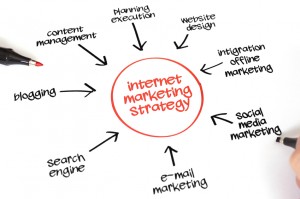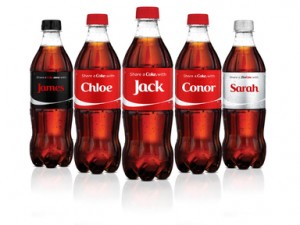In last week’s post I talked about why I love print. 
In past posts I’ve focussed on content personalisation and where it fits into your marketing efforts.
Content personalisation is important, it isn’t about getting the recipients name right but making sure you are targeting your niche audience with the right information and content.
Social media platforms are a great place to find your audiences and engage with but they can also be a great time waster and an even greater distraction and they aren’t the only place you should be broadcasting your messages.
 Telesales, emailing, tweeting, blogging, advertising are also part of the process of getting your message heard. But you, your brand, your company, services and products are just another load of noise that disappear into the social void.
Telesales, emailing, tweeting, blogging, advertising are also part of the process of getting your message heard. But you, your brand, your company, services and products are just another load of noise that disappear into the social void.
The marketplace is noisy with your competitors trying to get their message heard too and your potential customers are having trouble hearing your message let alone finding and engaging with your marketing efforts.
Shouting loudly and sending the same marketing collateral into the social media world hoping that some of it will resonate with a few might work, the only problem with that approach is that people will tune out very quickly or throw your marketing collateral in the bin.
I’ve said in the past that direct mail or a personalised marketing piece can be a great way to start the conversation going and get the prospect started on the journey to purchasing.
89% of consumers get their ideas from a print advert or a direct mail piece I should know I’m one of them so I know it works.
Transactional and marketing mail is a huge market, in 2012-13 Royal Mail handled 58 million items of addressed mail everyday and supplementing your social media marketing efforts with print and mailing services is a natural starting point for multi-channel marketing messages which includes digital and paper based communications.
With economies of scale, savings on printed collateral, postal discounts either via the Royal Mail or DSA (downstream access providers), short lead times and sophisticated highly personalised targeted marketing using digital colour makes print and mailing fulfilment a great place to start the process toward customer engagement.

How do you deliver the right messages to your audience?
- Aim to provide unique and valuable information and content on your brand, service or products. Make a strategic plan for developing your audiences’ engagement through a planned process for example – a blog – email campaign – direct mail – promotion on social media. If you know where you are going you can make sure your marketing efforts aren’t wasted.
- Focus on one simple message not lots of different messages or content so it becomes distracting for the customer.
- Use the power of pictures with words, the old adage a picture paints a thousand words rings true. We associate images with brands and we want our customers to remember us the next time they need our product or services. We also want them to associate any imagery we use with our company so it reinforces the message.
- Using more words wont convey the message using the right words in a more vivid and simple way are more likely to be remembered.
Steve Jobs once commented that his most hated words were branding and marketing. He went onto say that “people associate brands with television advertising and commercials and artificial things. The most important thing was people’s relationship to the product.
Marketing is when you have to sell to somebody. If you aren’t providing value, if you’re not educating them about the product, if you’re not helping them get the most out of the product, you’re selling. And you shouldn’t be in that mode.”
If Apple is right then we shouldn’t be in the business of selling but rather educating our customers, telling them they have a problem long before they know they have one.
Getting to a position where your audience see your marketing and recognise your brand gives them confidence in you because they see the information that you are providing as useful and is helping them in the buying process by adding value to their lives.
The are interested in hearing from you because they’ve become accustomed to receiving excellent information and expect it. It will excite them enough to start the buying process with your brand or company when they are ready.
Whether your marketing is driven solely into the social media stratosphere or you use the ubiquitous bit of paper to get your message out there your content and your message must be unique, original and consistent.





